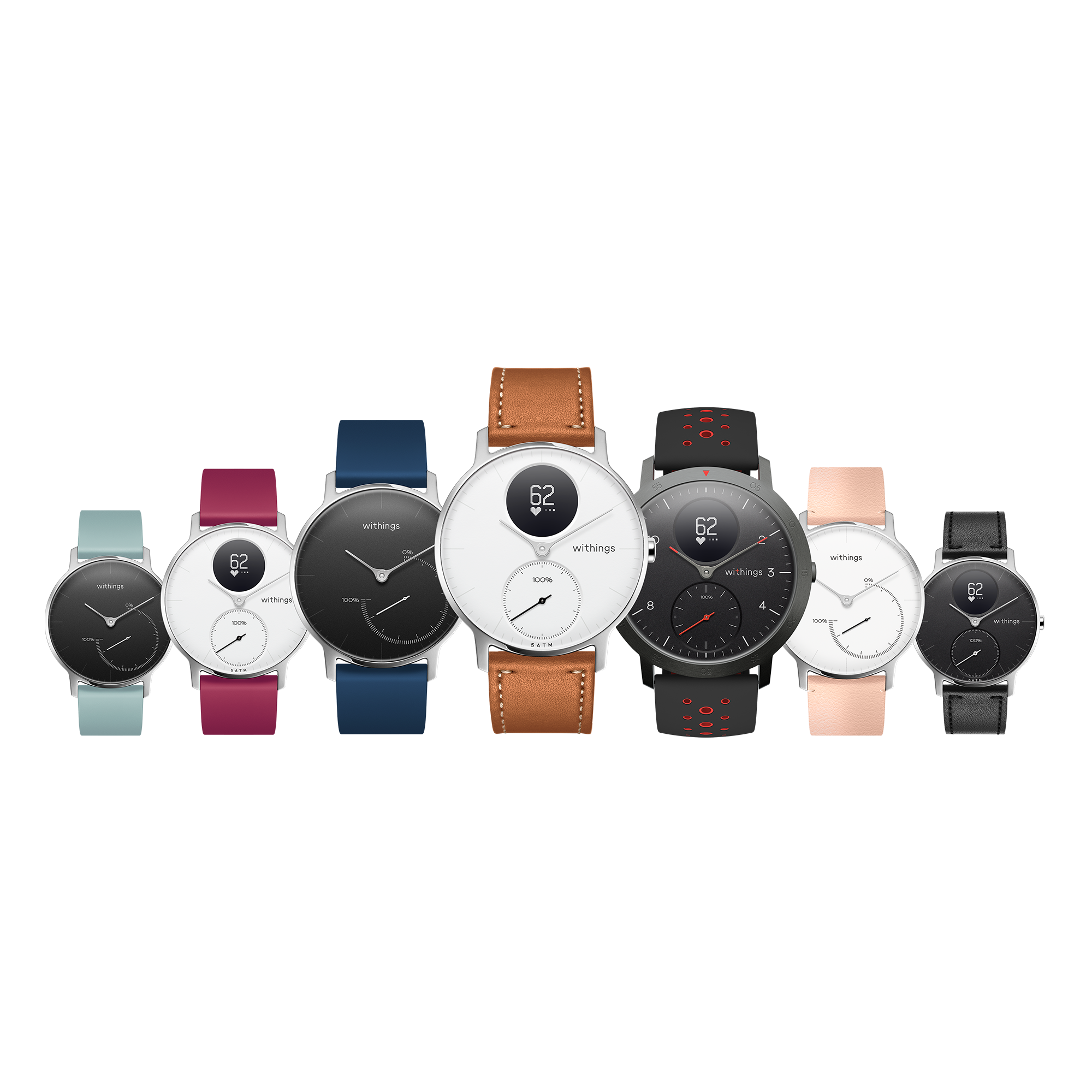
Discover the multiple physiological and psychological benefits of this medically recommended technique.
Cardiac coherence is a breathing technique that uses biofeedback, or realtime information fed from electric sensors placed on your body, to help you control heart rate variability (HRV). This technique essentially uses a screen to show participants how slowed and intentional breathing can make the space between heartbeats more consistent (although never the same). The effect of this work is what you would expect it to be when reading about breathing exercises: chilling out.
However, and maybe more importantly for individuals beginning their journeys towards better breathing, the awareness that comes from seeing biofeedback may provide the visual proof needed to believe in the power of investing conscious time into an otherwise unconscious action.
You got a lot of nerve
Really, you do! That being said, cardiac coherence uses two nerve branches in particular that are part of the body’s automatic functions via the autonomic nervous system: the sympathetic and parasympathetic.
The sympathetic system allows the body to defend itself against external aggressions while the parasympathetic system promotes relaxation. For example, if a lion is running towards you, the sympathetic system activates all of the “fight or flight” triggers in your body. However, if you are not fleeing death but are actually enjoying the post-feeling of a delicious meal, the parasympathetic nerves initiate processes like digestion. Makes sense, right? Why would your body spend energy on digesting a turkey while fleeing a lion?
Now imagine your sympathetic nerve is activated even in a situation where there is no danger. For some of us, this can just be stress from too much work, not enough time, or other consequences of modern life. For others, surviving traumatic experiences including war and abuse can result in an over-activation of the sympathetic and underuse of the parasympathetic systems.
Cardiac coherence then aims for a balance between these two nervous systems so that a person is neither a ball of nerves nor completely unresponsive to danger. How one breathes affects which nerves are activated. Inhalation stimulates the sympathetic system and exhalation triggers the parasympathetic system. The idea of cardiac coherence then is to create heart rate variability that sponsors an equivalence between inspiration and expiration: the product of this balance then leads to the positive benefits of this intentional breathing awareness.
The benefits of cardiac coherence
The benefits of cardiac coherence are numerous on both the mind and body.
Psychological benefits:
- Decrease in cortisol, the stress hormone
- Improvement of mood through the production of oxytocin, dopamine, and serotonin (which help fight anxiety and depression)
- Better management and calming of emotions
- Improving resilience
- Mental clarity, strategically distancing from problems to observe, letting go
- Increase in alpha brain waves (improved concentration)
Physiological benefits:
- Increase in the level of DHEA, a hormone that slows down the aging process.
- Reduction of bad cholesterol and abdominal fat
- Decrease in hypertension and cardiovascular risk
- Better management of blood sugar levels and improvement of diabetes
- Better physical recovery after an effort or a shock
- Strengthening the immune system
- Greater resistance to pain
- Improvement of asthma and lung capacity
How to practice cardiac coherence
The most common cardiac coherence exercise is the 365 rule: 3 times a day, 6 breaths per minute for 5 minutes (one breath every 10 seconds).
- Start a stopwatch and then, for 5 minutes
- Inhale for 5 seconds
- Exhale for the next 5 seconds
Try to breathe very deeply by inflating your belly when you inhale and deflating it when you exhale. Follow our tips for good breathing for even more efficiency.
You can practice cardiac coherence everywhere and in any position: at home, in transport, at the office, standing, sitting, or lying down! It’s up to you to find what suits you best.
Withings ScanWatch has a “Breathe” feature that allows you to practice this type of concentrated breathing easily and at any time of day. To activate it, go to Devices > ScanWatch > Screens customization, and toggle on Breathe. Then choose the “Breathe” mode from the menu on your watch, calibrate the number of breaths per minute you wish to do, and follow the instructions. See the impact this has on your heart rate to be one step closer to a healthier you, one breath at a time.
How about you? Are you practicing cardiac coherence? Have you ever been advised to do so by a doctor? Give us your feedback on our social networks Facebook, Instagram and Twitter.



